What do we do with Ireland’s institutional history? After the reports are issued, and the apologies made, how should Irish society and culture incorporate the lessons learned? Do we choose to remember, or to consign those events to the distant past so we can forget?
The threatened sale and demolition of the Sisters of Charity Sean McDermott Street Laundry in Dublin (which, in 1996, was the last Magdalen laundry in Ireland to close) has provoked a range of responses from survivors and other stakeholders. Some activists argue that the site should be levelled and the memories of the laundry erased, while others are campaigning to use the site as a memorial.
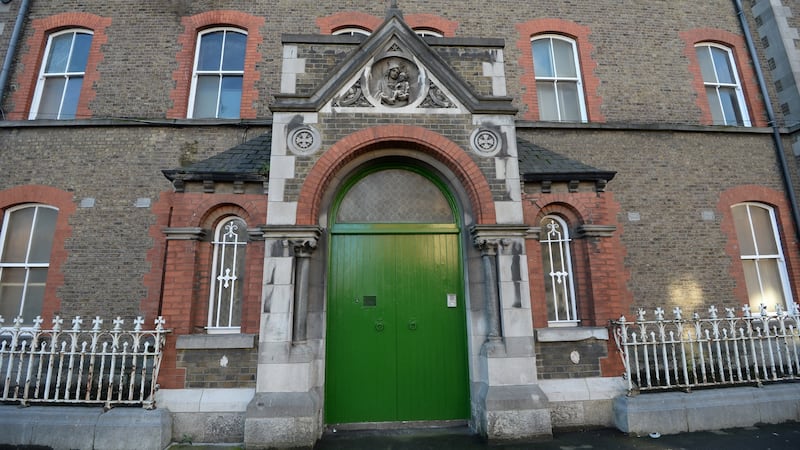
As an academic researching Ireland’s history of institutionalising women and children, I have a divided/double response. On the one hand, I understand survivors and others’ resistance to the top-down institutionalisation of memory that is typified by monuments, memorials and plaques. These can close down avenues of remembering, rather than actively commemorating or redressing the wrongs that occurred.
There is a power to creating lasting and impactful memorials
On the other hand, there is a power to creating lasting and impactful memorials, which recognise and raise the visibility of a history of suffering.
Whichever side of the memorialising debate you find yourself on, one thing is clear – Ireland’s institutional history is not going away, and more than a plaque is required to address this history.
Recognition
Survivors of these institutions, from Magdalen laundries to industrial schools, have had a long journey towards recognition. In the 1980s individuals spoke out, publishing novels and memoirs, trying to get their story heard. In the 1990s, plays like Eclipsed by Patricia Burke Brogan (1992) were key in creating an audience. Brogan's play, first performed at the Edinburgh Fringe Festival, inspired producers at Channel 4 to make the documentary Sex in a Cold Climate (1998), which in turn led to Peter Mullan's film The Magdalene Sisters (2002).
The Justice for Magdalenes campaign (based at UCD) followed, and pressure brought by this group and survivors led at last to the McAleese investigation and Enda Kenny's apology. There was a similar trajectory for industrial schools, with ground-breaking television documentaries by Louise Lentin (Dear Daughter, 1996) and Mary Raftery (States of Fear, 1999), alongside the campaigning of survivors like Mannix Flynn and Christine Buckley, leading to Bertie Ahern's apology in 1999 and the foundation of the Commission to Inquire into Child Abuse in 2000. Though the journey was long, the recognition represented by State apologies was an important landmark.
Language of apologies
However, there are risks embedded in the inquiry/report/apology process, including the binary of us and them created by the language of apologies (we want to apologise to them) that maintains the idea that survivors are somehow different from “us”. Even using the term “survivor” carries the risk of labelling all the people who were incarcerated in these institutions as victims, as if the experience of victimisation is the only thing that defines them.
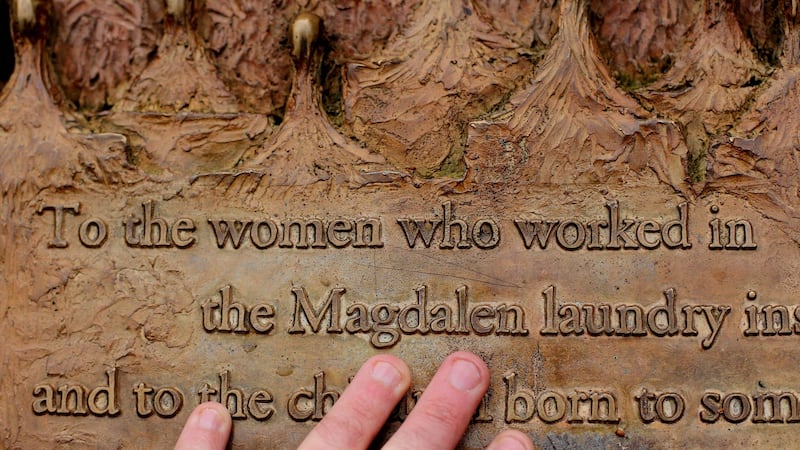
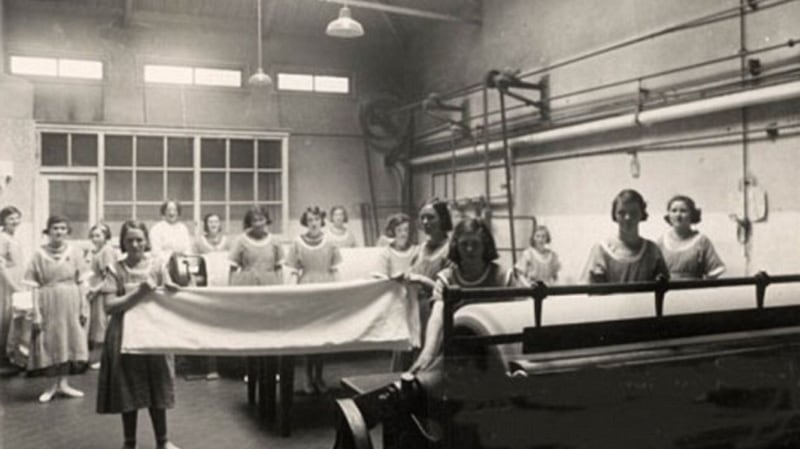
And there are other problems too. No single report can adequately represent the complexity of this history, and certainly the reports we have do not. The Ryan Report on Industrial Schools, for example, does not include any examination of Magdalen laundries, despite girls being transferred between the institutions. The McAleese report is a deeply flawed document, relying on, and accepting, anecdotal evidence that downplayed the abuse the women experienced in the laundries, and underestimating the impact of years of slave labour, for which they still receive no pension.
This last point is a stinging irony – because reports are backwards looking, they do not call upon (or force) present governments to do more than apologise for past governmental failings. The inquiry and report system may identify the need to change, but their publication functions as a substitute for change.
The publication of a State report, though it can provoke huge public responses, is intended to represent the closure of that chapter of history, rather than changing, for example, practices of care for the vulnerable. There are still institutions, and institutional attitudes, in Ireland that penalise the vulnerable, from mental health institutions to Direct Provision Centres. Structural callousness towards those who society wants to ignore has not gone away. Reports, with their single focus, do not make these kinds of ethical connections.
All of this is to say that the question of how to treat our collective past, and how to create a responsible and ethical collective memory that can bring benefits to people in the present, has yet to be resolved.
Witnessing history
So what can we do? Faced with reports like the Ryan Report (a whopping 2,600 pages) it can feel like an impossible task to engage meaningfully with this history. But, as an academic working in this field, I feel the responsibility keenly. We must not look away. Instead, we need to find new ways of witnessing this history, even if it is a belated act of witnessing.
It was fiction, memoir, theatre, film and television that led, and shamed, the Irish State (both the government and citizens) into recognising this history in the first place. And post-reports, cultural responses remain vital if, as a society, we are to process this history.
In 2009, Mary Raftery was commissioned by the Abbey Theatre to compile No Escape, first performed at the Peacock in 2010, only a year after the Ryan Report's publication. That verbatim play used the words of the report itself, performed by actors, to powerfully show an audience the personal experiences behind the report's official-speak. The Abbey staged the play as part of a series entitled The Darkest Corner, alongside the 1961 play by Richard Johnson, The Evidence I Shall Give, and Mannix Flynn's one-man show James X (originally produced in 2003), both plays testifying not only to experiences of institutionalisation, but also rebutting the idea that nobody knew these abuses were occurring.
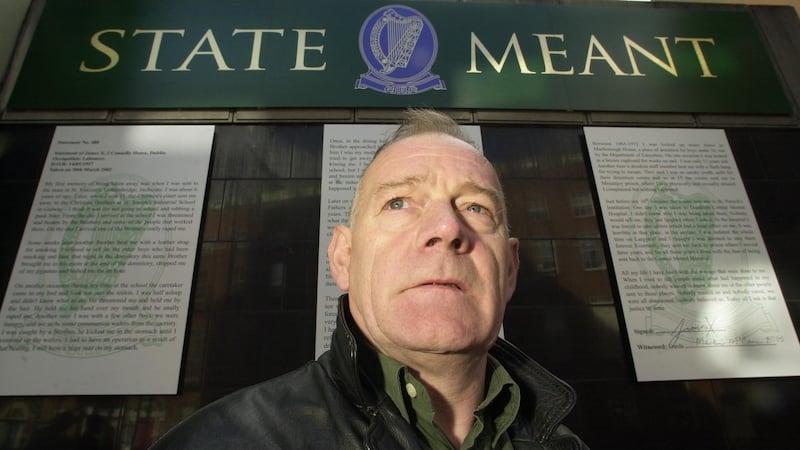
The following year Brokentalkers produced The Blue Boy, a moving and provocative show, blending history, biography, music and dance. Through the jagged and repetitive dance, the choreography suggested a layer of traumatic experience beyond the ability of language to convey. It remains one of the most powerful cultural responses to the Ryan Report. More recently Theatre Club's We Don't Know What's Buried Here (2018) staged a roar of protest at the sale of Sean McDermott Street Laundry.
Culture is a space that can tell stories, that is individual rather than general, that can foreground empathy, that can be open-ended and adaptive, that can cope with contradictions. Culture can however be ephemeral – I can tell you all about the impact that ANU Production's show Laundry made on me when I saw it at the Dublin Theatre Festival in 2011, but that won't much help you if you weren't there and didn't see it yourself.
Engaging with the past
Sites of Conscience is an initiative that might help us think about how to more permanently memorialise this past. The Parramatta Girls Industrial School in Australia is one such example. Like the Sean McDermott Street Laundry, the building was threatened with demolition but campaigners secured the space as a permanent memorial and exhibition space, officially recognised as a National Heritage site. This is one option that Dublin City Council may want to consider.
But what if you cannot access the site itself, but you want to engage with this past? What other ways are there of memorialising and witnessing our past?
Reading this history is our only way to access the truth about what happene
I have been exploring this question for the past two years with the Industrial Memories team at UCD, with support and funding from the Irish Research Council. Together with project Fellow Dr Susan Leavy and co-investigator Prof Mark Keane, I believe the Ryan Report, for all its flaws and limitations, is one of the most important publications in the history of the State, and yet it is also one of the least read. And this matters – reading this history is our only way to access the truth about what happened.
Digital platform
And so we have built Industrial Memories as a digital platform for exploring the history of Irish industrial schools. The aim of the website is to give visitors multiple ways of engaging with testimony and acting as witnesses.
Our first step in 2016 was to digitise the text of the report, and then to “read” it differently using machine learning and artificial intelligence tools to produce new findings. With clear visualisations we show, for the first time, the active networks behind the industrial schools. This gives us a picture of how abusers were transferred between schools. And we can also see how people within the system communicated, including parents, the religious staff, and the Department of Education. These visualisations nail the lie that people – and the government – did not know what was happening in the institutions.
We have also created a dynamic search function, so that people can search the Ryan Report for the very first time. And there is now a “People Directory” so that the staff and surrounding figures can, finally, be identified by readers (though we have had to maintain their pseudonyms).
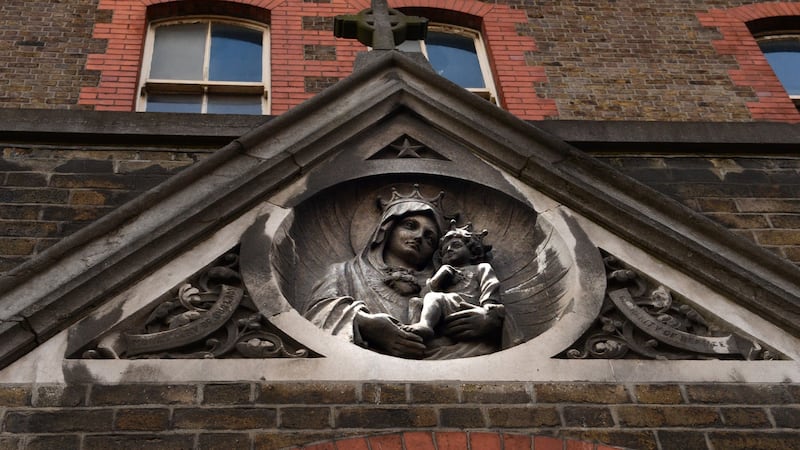
We also know that the history of these institutions is not just about facts and figures, it's about experiences and memories. To give a sense of what it was like to be incarcerated in one of these places, together with historian Maeve Casserly, composer Tom Lane and programmer Mick O'Brien, we have created an audio tour of Goldenbridge girls' school, featuring actors reading verbatim witness testimony from the report. We also worked with artist John Buckley to create a virtual tour of one of the boys' schools, Carriglea, better known today as Dún Laoghaire Institute of Art, Design and Technology. Both of these can be downloaded freely from our website.
The Industrial Memories platform is for anyone who thinks they could know this history a little better, but doesn’t know where to start. We hope that in creating new interfaces for accessing this history we have made it available to a new audience. Audiences count because the decades of abuse that children in Ireland suffered was not the result of a “few bad apples” but because so many people looked away from a system of cruelty.
What is our goal in remembering?
So where does this leave us now? Perhaps the most compelling question about how to treat the dark parts of Ireland’s past is this: What is our goal in remembering?
Perhaps we can learn something from the #MeToo campaign, which has used the explosive power of collective memory to illuminate much larger hierarchies of power. And perhaps we can also learn from that movement the necessity of transforming raised consciousness into real action.
Being a witness is not an inert or passive role, waiting to be told what to think. Witnesses are the source of protest. The threatened demolition of the Sean McDermott Street Laundry has provoked an outpouring of both emotional and critical responses about how the laundries, and other carceral institutions in Ireland, are memorialised.
Ireland is nearing the end of its “Decade of Centenaries”. If we have learned anything from this period of looking back, it is that we need not just to remember but to reflect on how we remember. It’s time to decide what we are going to do with this history, for good.
- The Industrial Memories team was funded by the Irish Research Council New Horizons scheme 2015-18. The website is industrialmemories.ucd.ie









